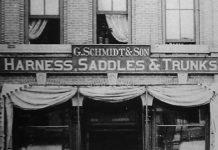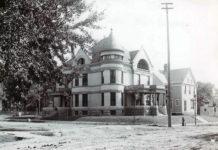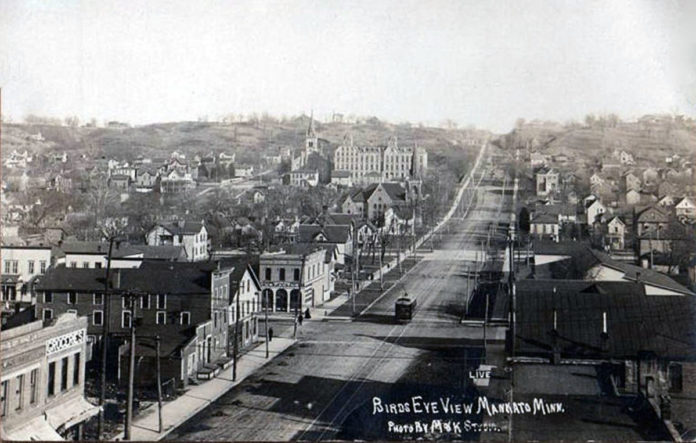
[Submitted Featured Photo – This bird’s eye view of Mankato shows Main Street leading up the hill to the edge of town, circa. 1906]
Most cities and towns in the U.S. have streets named after numbers, landmarks or landscapes, trees or presidents. Sometimes local streets are named to honor an individual and can tell you about the unique history of the community. As generations pass, the reasons behind the names given to streets can be lost or obscured, yet they are still part of a town’s legacy and well worth remembering.
As with most communities, Mankato has its generic street names such as Front, Main or Second Street. Even these common names have a story.
Front Street
Front Street derives its name from the fact that it faces the Minnesota River, the principal means of travel between the wilderness in which Mankato was located and the settlements to the east. Mankato at this time was a little collection of log cabins and frail frame structures, mostly huddled about the levee (steamboat landing). The levee was located near the foot of Main Street, where the business of the village was conducted.
Front, Second and Broad Streets, and a few connecting them, were well defined for a portion of their length, but outside was an unbroken wilderness. The roads leading to St. Paul on the north and the Mississippi River settlements on the east were mere trails, hardly passable with wagons. The town depended mostly on steamboats for its news of the outside world, and even the necessities of life. The surrounding country was not yet cultivated, so food and furniture had to be brought in by river. The portion of the village lying south of Jackson Street was then all woods. Across the river, now the city of North Mankato, was dense with trees and brush.
Have you ever wondered about some of the more uncommon street names you see around town? The origins of some of Mankato’s older street names are directly connected with pioneer founders of Mankato, who took a prominent part in the early enterprises and advancement of the town.
Jackson Street
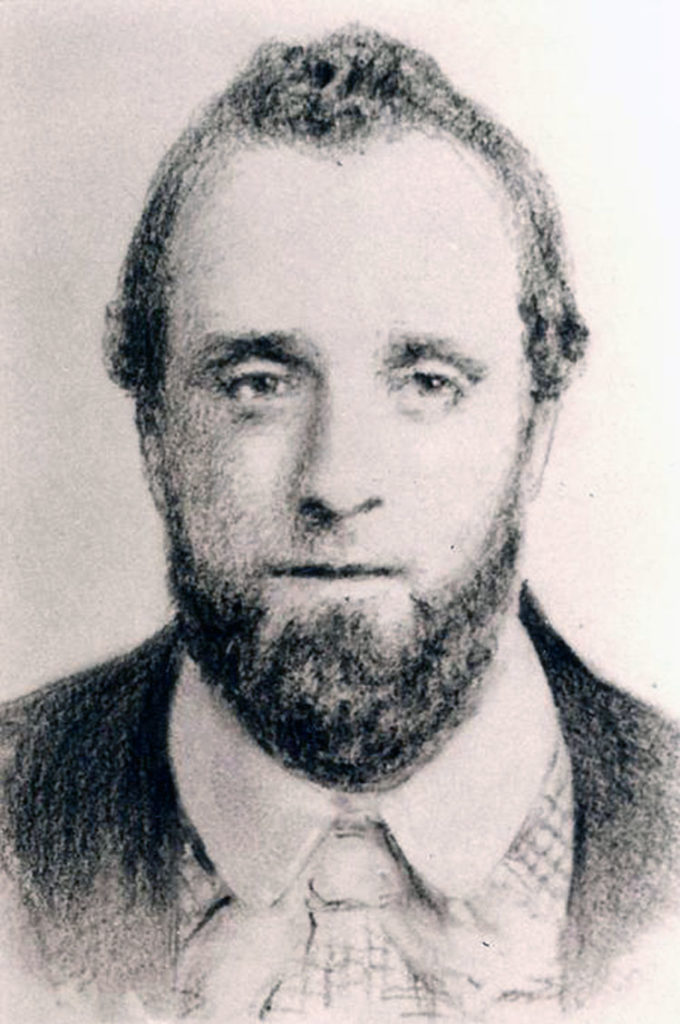
The first instance of this kind is that of Jackson Street, named for Henry Jackson, one of the founders of the city. Jackson was born in Virginia. He served in the Texas army under Sam Houston during the Texas Revolution, 1835-36. He lived in Wisconsin and Illinois before coming to St. Paul, Minn. in 1842. He was the first merchant to build a store there and worked in the fur business. He became involved in political life in the pioneer settlement. He was the first justice of the peace in Ramsey County, the first postmaster of St. Paul and elected to the first Minnesota Legislature in 1849. Jackson County was named for him, as was Jackson Street in St. Paul.
In January 1852, Jackson, his brother-in-law P.K. Johnson, W.W. Paddock and several others started out by cutter and sleigh for Blue Earth County to locate a town site near the confluence of the Blue Earth and Minnesota Rivers. Jackson became ill and returned to St. Paul, but rejoined the group a month later. In February, these men organized the Blue Earth Settlement Claim Association and the town site of Mankato.
Dukes Street
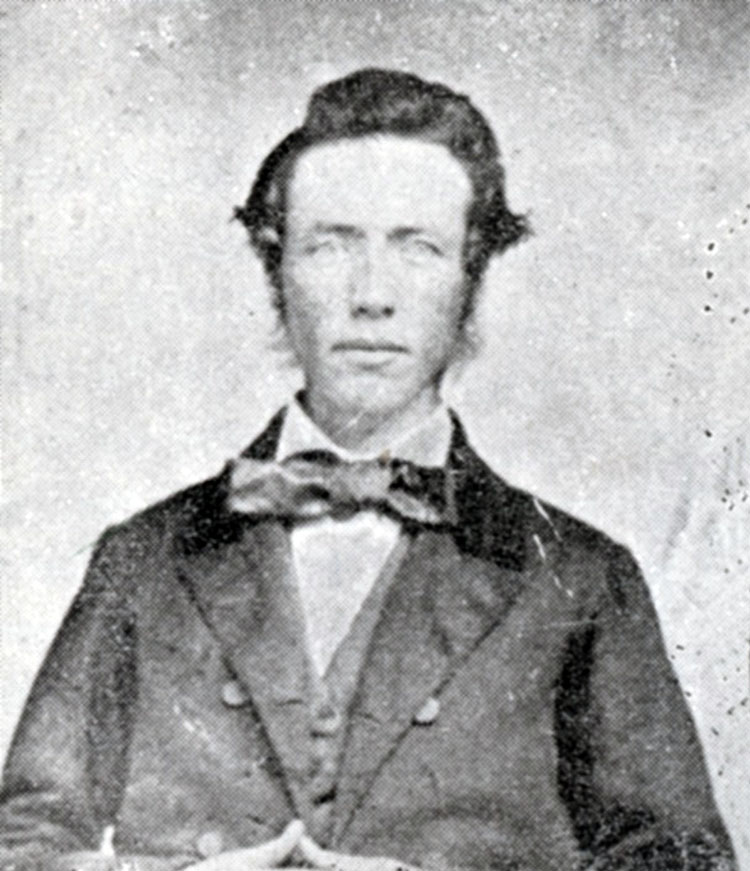
Dukes Street was named in honor of Aaron N. Dukes, who came to Mankato from Indiana in 1856. He built a small general store in Mankato. Because there were no materials for plastering, the walls had to be lined with heavy muslin, and the counters of rough sawn lumber covered with oilcloth. His first stock of goods was lost in transit through the closing of river navigation, and he spent several weeks in the dead of winter looking up and down the Minnesota and Mississippi Rivers looking for them. He then had to haul them overland at a high price and, to compensate, had to sell his flour at $10 a barrel. This experience was common for merchants during pioneer times. Dukes laid out two large additions to Mankato that bear his name.
When the Dakota Conflict broke out in 1862, Dukes was named provost marshal with the rank of captain and had command of Mankato and South Bend, placing both towns under military rule. With the evacuation of New Ulm, the refugees, many wounded or sick, came to Mankato. Some stores or homes in Mankato had been vacated due to the Conflict. Dukes saw to it that the refugees were housed and fed. Ruby, Mabel, Ruth, Ann and May Streets bear the first names of the Dukes family. His first wife’s maiden name was Mary Ann Thompson, daughter of Rev. James Thompson, an early Mankato minister, after whom Thompson Street is named.
Aaron Dukes and his family left Mankato at the end of the Dakota Conflict and moved back to Peru, Indiana. By 1881, he was the manager of the Indiana Manufacturing Company, which made a variety of wooden items that sold all over the U.S. and overseas. After accumulating a large fortune, he donated $35,000 in 1908 to build a hospital in Peru. He died in 1911 before he saw the hospital built. Although the original Dukes Memorial Hospital building was demolished in 1982, it was replaced by a new Dukes Professional Building for medical staff near the new hospital.
Hubbell Avenue
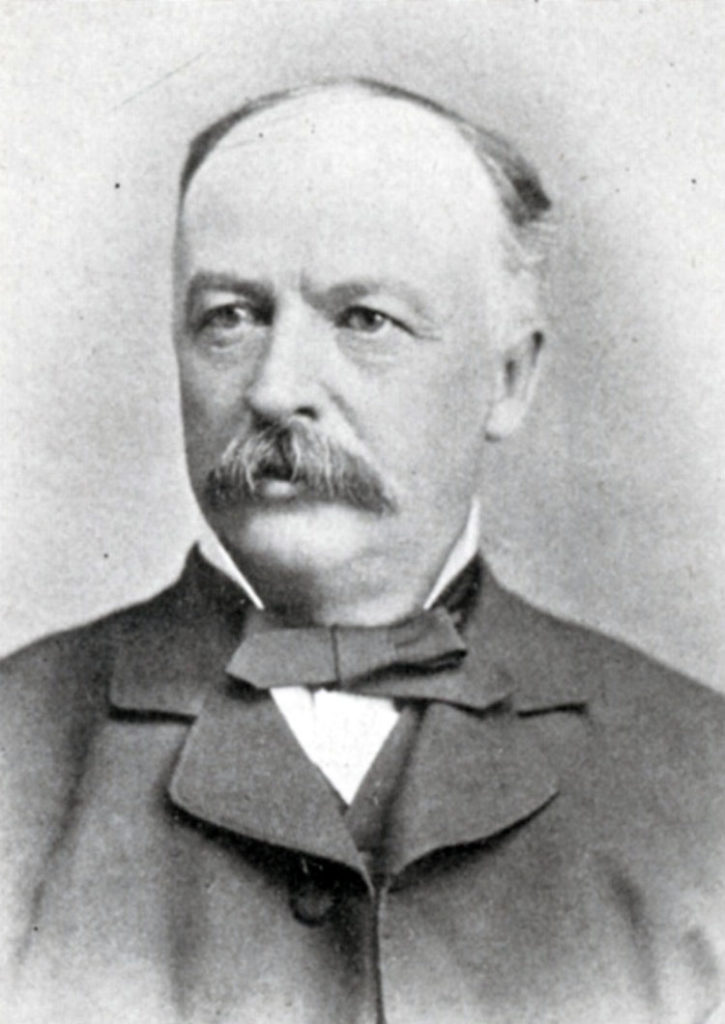
Hubbell Avenue in West Mankato bears the name of an early pioneer, James B. Hubbell, a man of varied experiences, including two years as a sailor. He came to Mankato in May 1857 and, as was customary for all newcomers to pre-empt claims, he staked out a claim west of Lake Crystal. Later that summer, he and A.F. Hawley built a double store block and was engaged in the tailor and clothing business.
He became a licensed trader with the Winnebago, and, when they subsequently were forced to leave Blue Earth County in 1863, he accompanied them to their reservation on the upper Missouri River. With the buffalo too far away and no other food available that year, the government had nothing to feed them. A contract was made with Hubbell, and within a month he purchased 800 head of oxen in the Blue Earth County area. Hitching these to 153 wagons loaded with provisions, he started from Mankato in mid-November, going west across prairies. Newspapers and others predicted disaster for the wagon train, but they finally reached Fort Thompson safely.
A successful businessman, Hubbell organized the Northwestern Fur Company, was a founder of the First National Bank of Mankato, involved in building the Mankato Linseed Oil Works, and introduced growing flax in southern Minnesota. He was also one of the principal promoters and builders of the Wells Railway, and he was elected to the state legislature in 1871.
Marsh Street
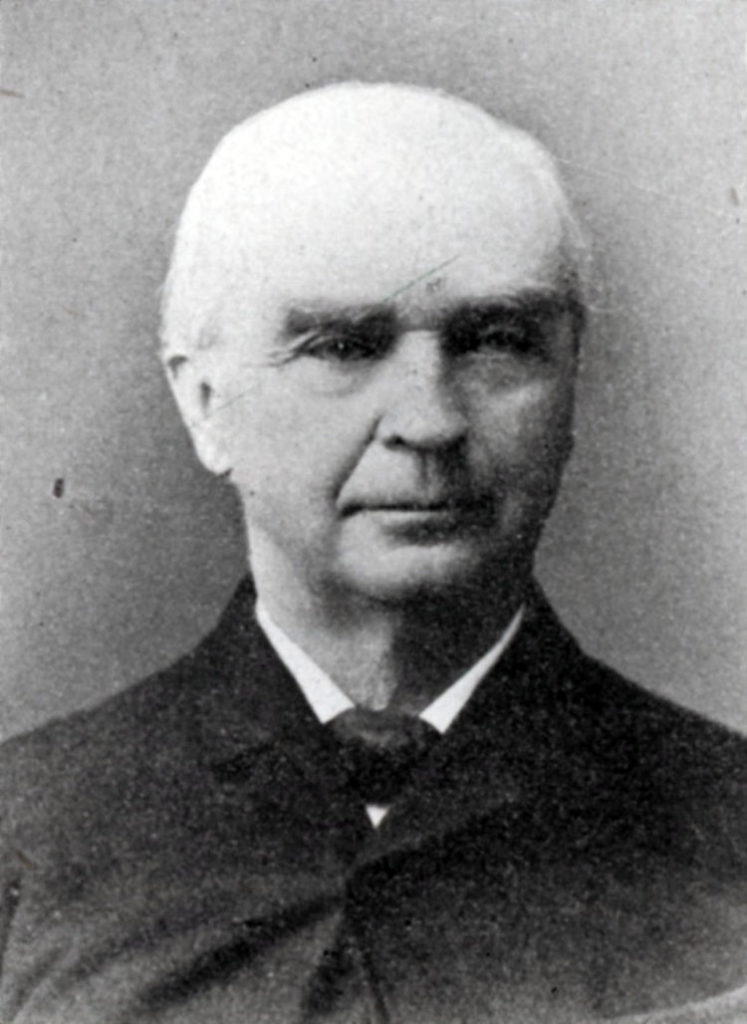
Marsh Street represents the Marsh brothers, John Q.A. and George, born in New Hampshire and arrived in Mankato in 1853. That spring, George built the first general store in the Minnesota River Valley. John arrived that winter, carrying supplies for his brother’s store. The brothers operated the store together and also had a contract to carry the first mail between Mankato and St. Paul.
Maxfield Street

Maxfield Street was named for George Maxfield, who came to Mankato from West Virginia in 1853. He took up a claim on which was some of the best building stone in the city. He served on the first board of alderman, was mayor for two years and was the city treasurer for a number of years. The George Maxfield house (currently Save-Mor Jewelry at 816 North Second Street) is one of the oldest houses remaining in Mankato. Maxfield built the house, which served as his residence and offices, out of stone from his nearby quarry, so it also served as a showpiece for his stone.
Van Brunt Street
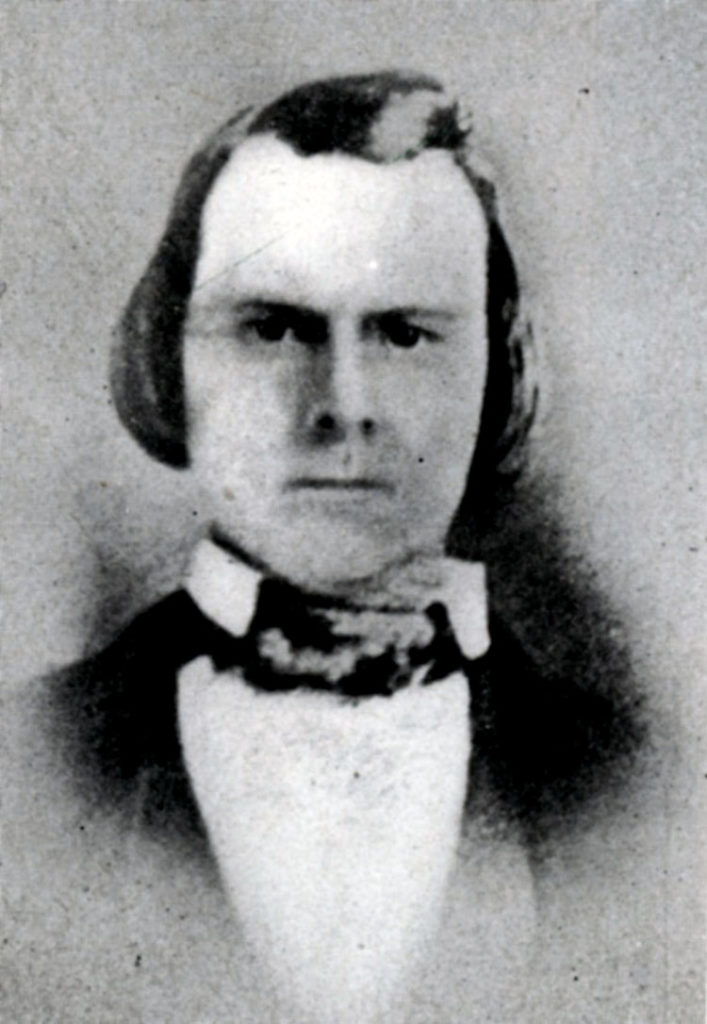
Van Brunt Street was named for George Van Brunt, who arrived at the new townsite of Mankato in June 1852, along with Thomas D. Warren. Both men located claims that are now in the heart of the city. Van Brunt built and operated the first saw mill in Blue Earth County, located south of Mankato on the LeSueur River, in the spring of 1854.
Warren Street
Warren Street is named for Thomas D. Warren (1814-1879), one of Mankato’s earliest pioneers and one of its most colorful characters. He operated a trading post, and, in his trade with the Native Americans here, he had some exciting experiences. Warren was in the real estate business and laid out Warren’s First, Second and Third additions to the city, which make up much of downtown Mankato.
James Avenue
James Avenue was named for James Ray Tinkcom, a native of New York who arrived in Mankato in November 1856. Over the next several years, Tinkcom was involved in several different business ventures, including a general merchandise store, two drug stores and other real estate holdings. He purchased a tract of land in the valley on the south side of Mankato and laid out Tinkcom’s Addition in 1873. He named the addition’s main street James Avenue, and another street was named for his daughter, Lilly – Lilly Street.
Guenther Street
Another pioneer, Jacob Guenther, after whom Guenther Street was named, came to St. Paul from Germany in 1852. In April that year, he and several other men traveled down the Minnesota River toward Mankato on a small flat-bottomed boat. The boat flipped and killed one of his partners. The rest of his group was rescued by Native Americans, and the survivors walked the rest of the way to Mankato. Guenther was later elected one of the first county commissioners.
Swiss Street and Kreig Street
Swiss Street and Kreig Street were named after two young Swiss newlyweds, Albert and Anna Kreig, who came to Mankato in 1864. They purchased land at the top of what was known as Windmiller Hill (now Madison Avenue). As more settlers began to populate the area on top of the hill, people began called the road Swiss Street after the Swiss family who had been the first settlers there. Later as the boys in the Krieg family bought property in the same area, an east-west street became appropriately named Kreig Street.
Carney Avenue
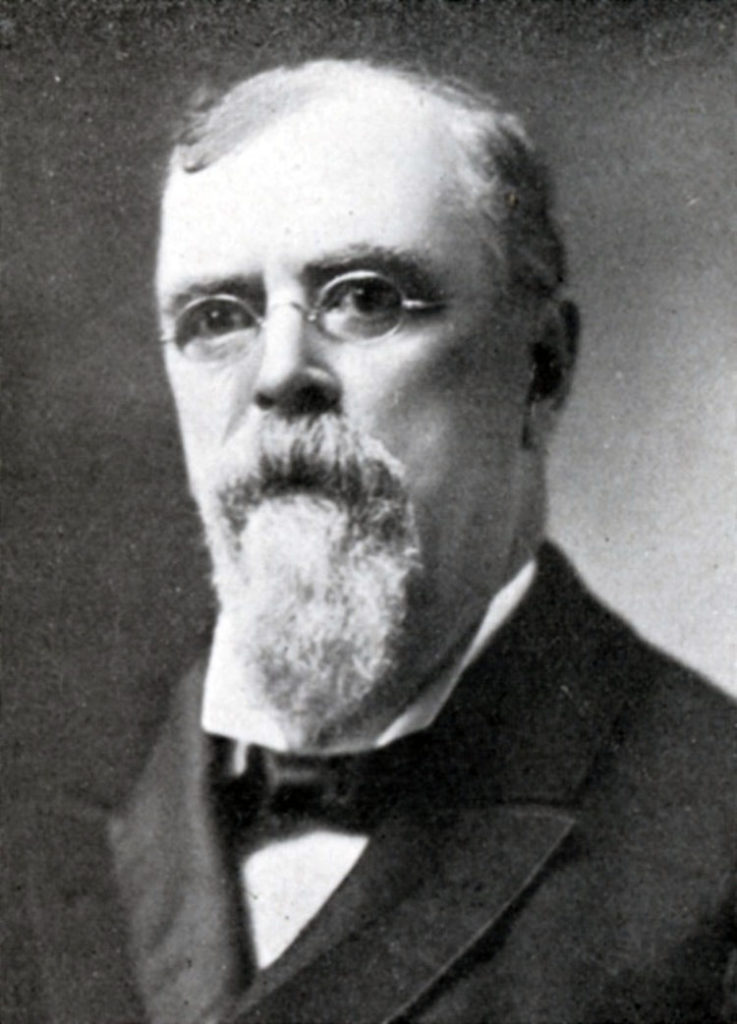
Carney Avenue was originally named LeSueur Street in honor of Pierre LeSueur, who came here in 1700 seeking copper. Patrick H. Carney was born in Ireland and came to Minnesota in 1866. He was engaged in the wholesale wine, liquor and cigar business, coming to Mankato in 1871. He served as a city alderman, mayor of Mankato from 1888-1891 and postmaster. In 1890, he became manager of the Mankato Standard Cement Works. At some point, LeSueur Street was changed to Carney Avenue to honor Patrick Carney.
Baker Avenue
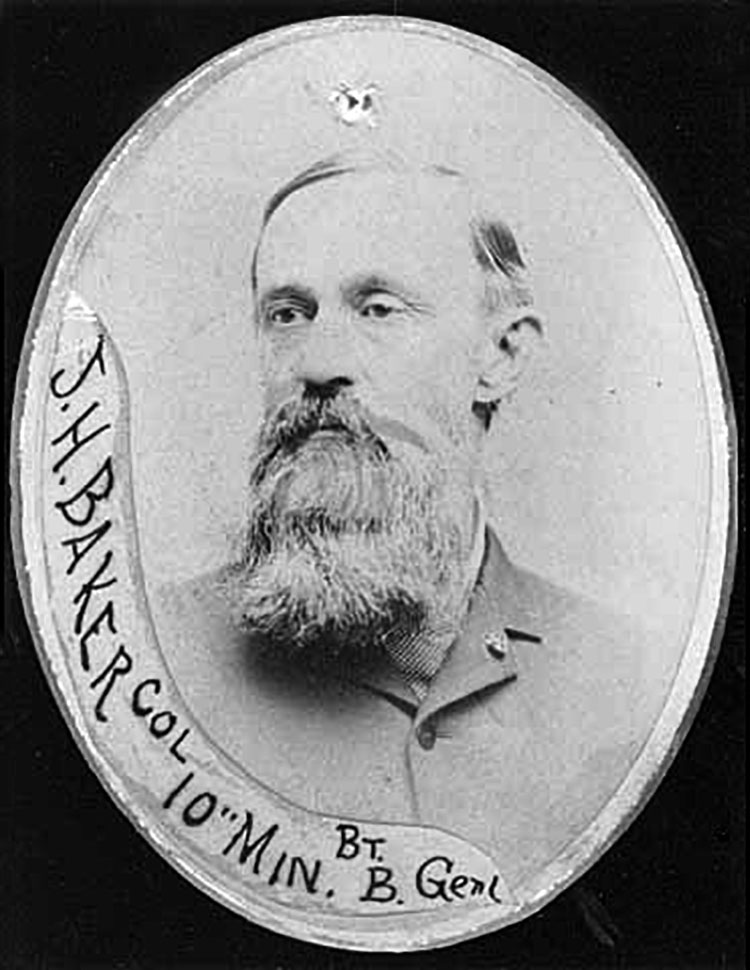
Baker Avenue honors General James H. Baker, a veteran of the Civil War. Born and educated in Ohio, he came to Minnesota in 1857, settling on a farm near Garden City in Blue Earth County. He was elected secretary of the State of Minnesota in 1859 and was reelected in 1861. Upon the outbreak of the Civil War, he resigned his office and was commissioned colonel of the Tenth Minnesota Volunteers on Nov. 16, 1862. His regiment was ordered south in October 1863, and he was appointed Provost Marshal General of the Department of Missouri, later being made Brevet Brigadier General.
After the war, General Baker returned to his farm in Blue Earth County. In 1879, he purchased two Mankato newspapers, the Union and the Record, and united the two into the Free Press, which he published for two years. In 1881, he was elected railway commissioner. General Baker was recognized as one of the most brilliant orators in the state.
He was a member of the Minnesota State Historical Society and published a number of valuable historical papers. When Judge Charles E. Flandrau described Baker, he said, “As a public speaker, he is brilliant and forceful. In personal appearance, six feet in height and symmetrical in proportion, moves with a quick soldierly step, indicative of his character. He is courteous in demeanor and affable in conversation. He is somewhat incisive in speech and impulsive in action. As a valued friend of Freedom, the name of General Baker must ever be honored among those who have deserved well of their country.”


